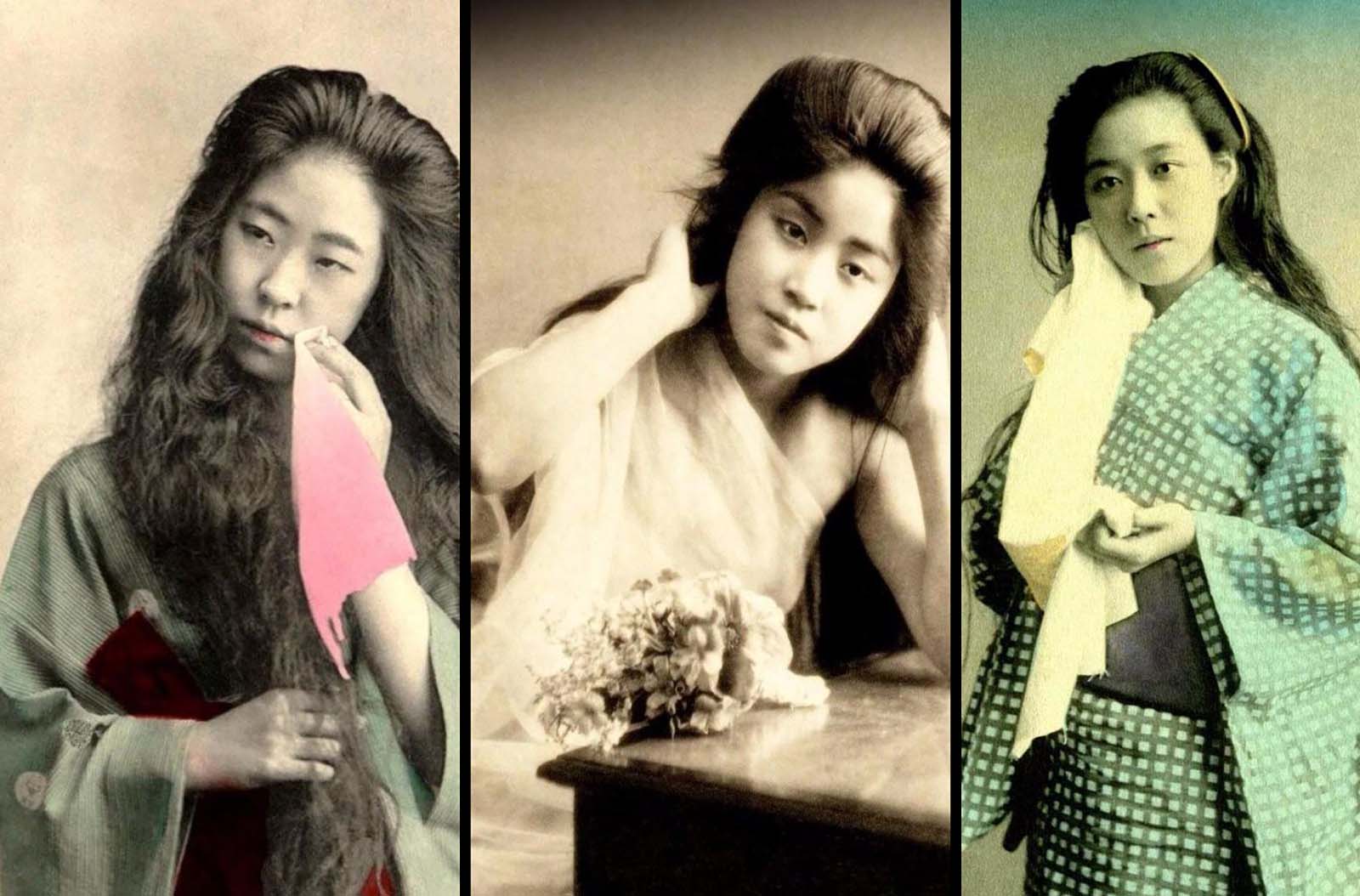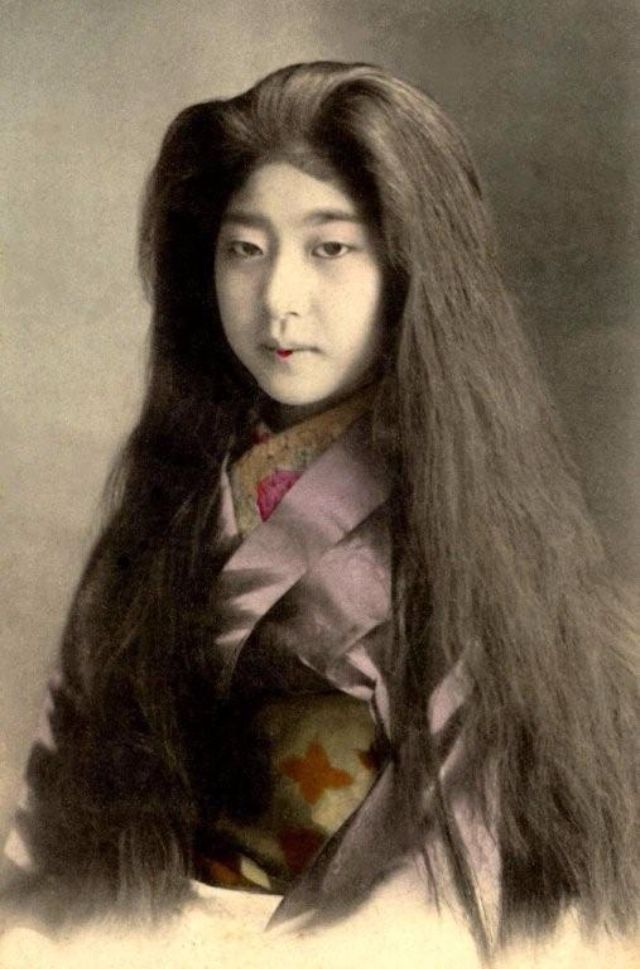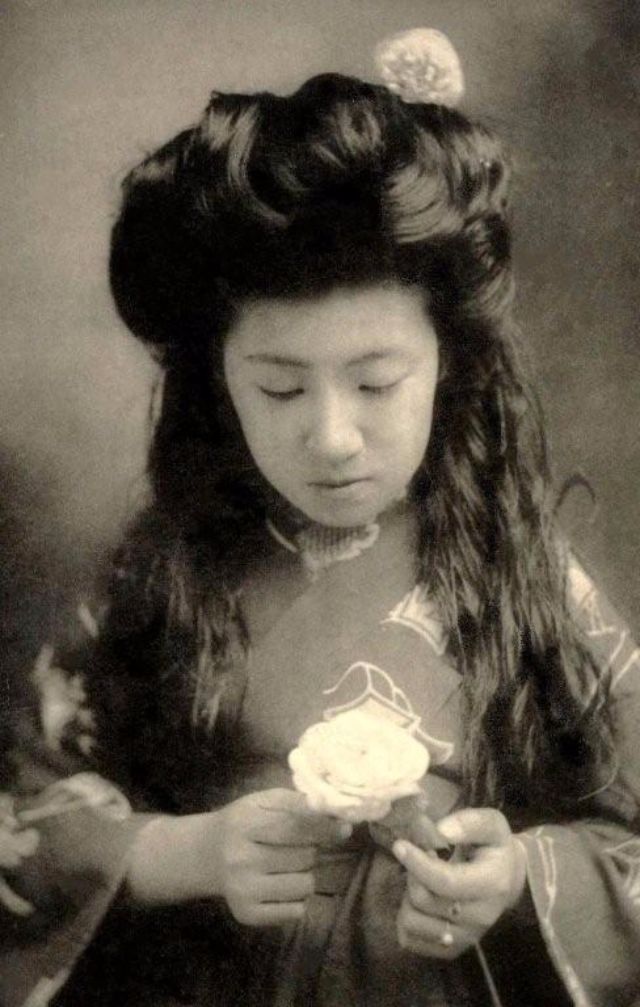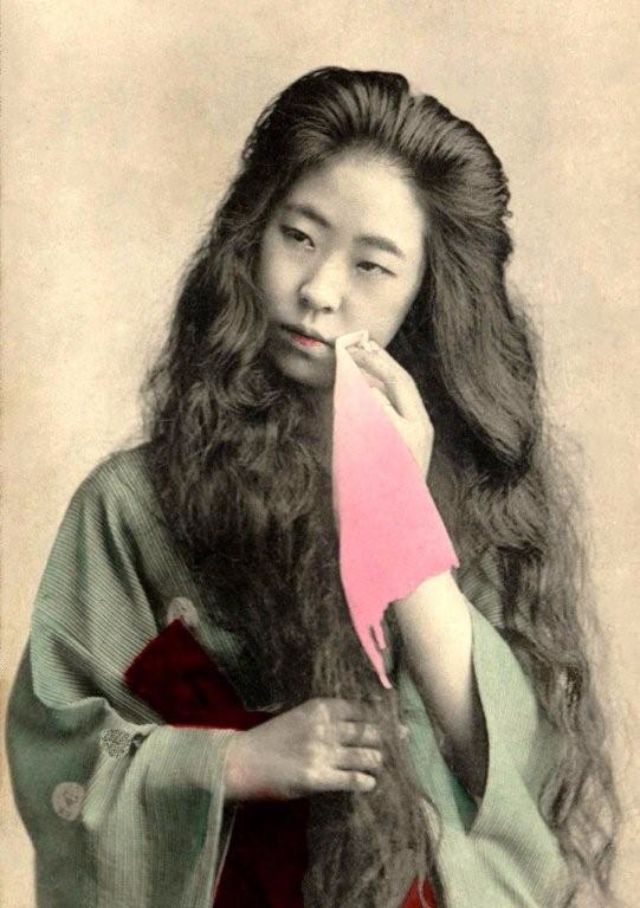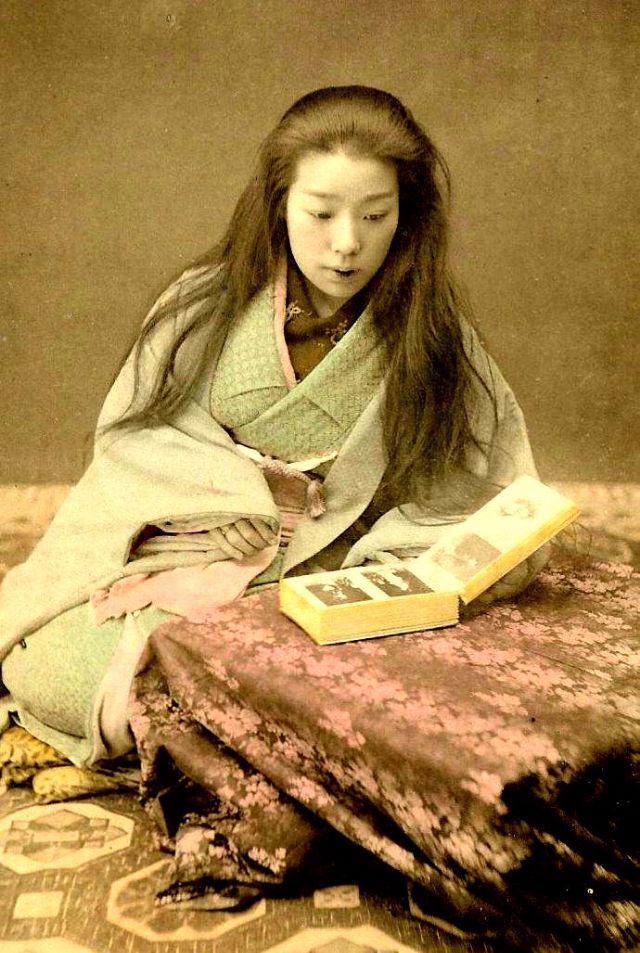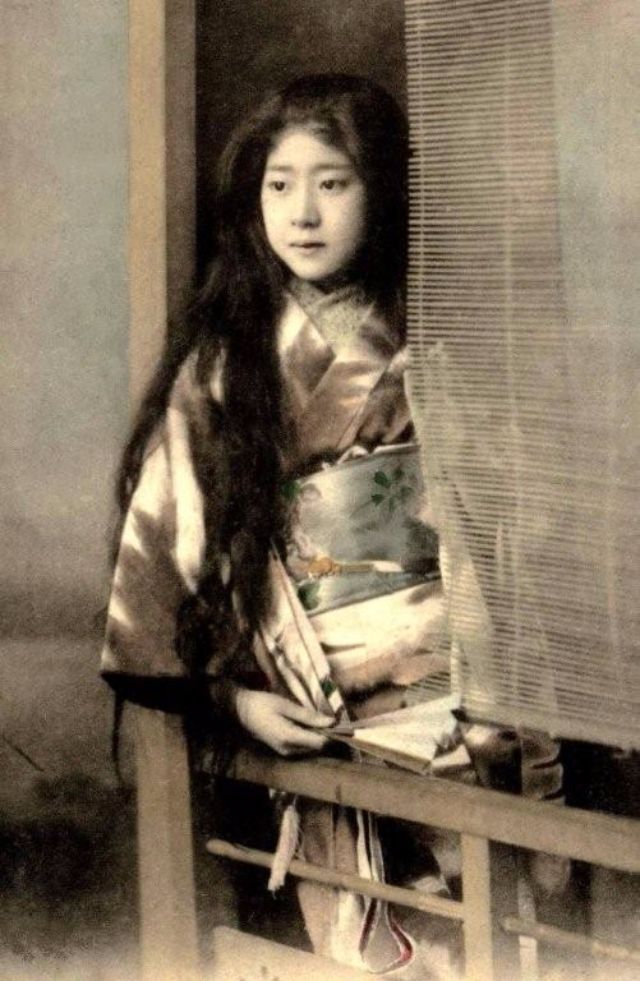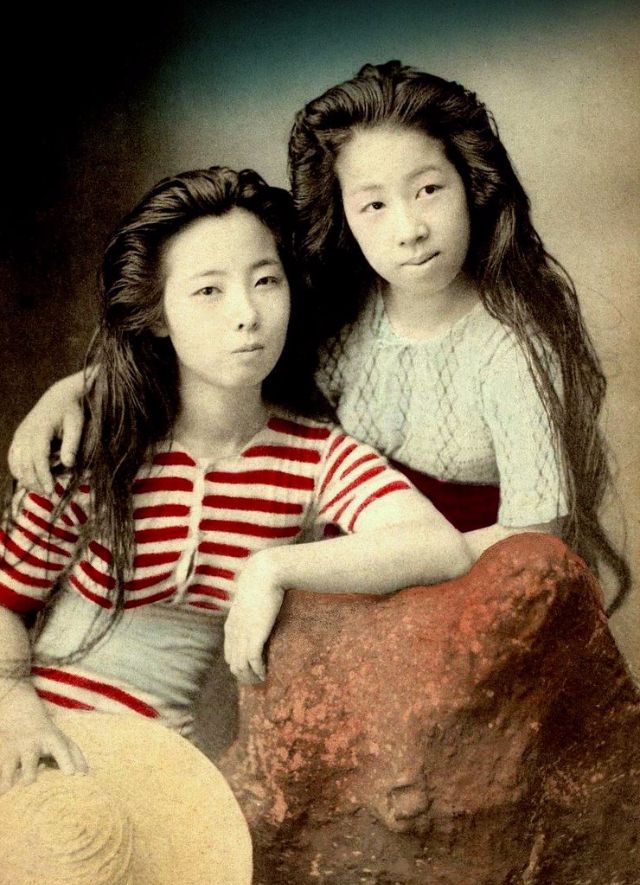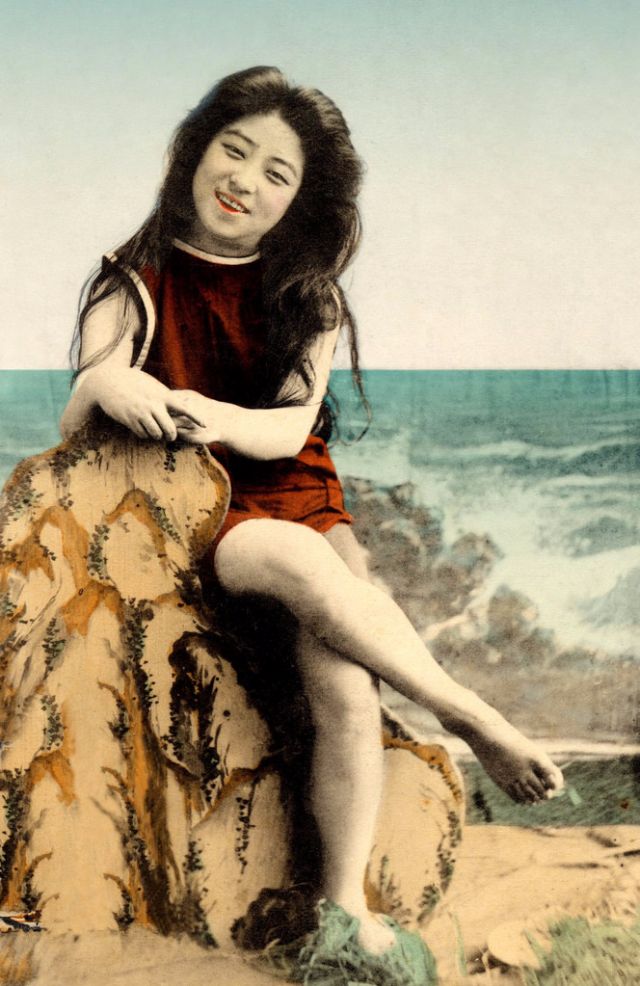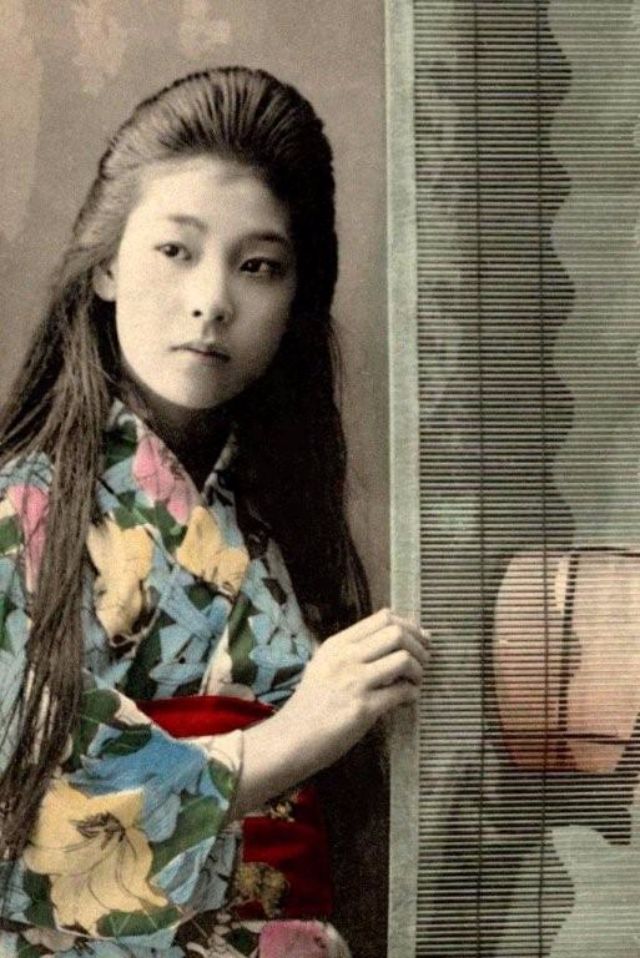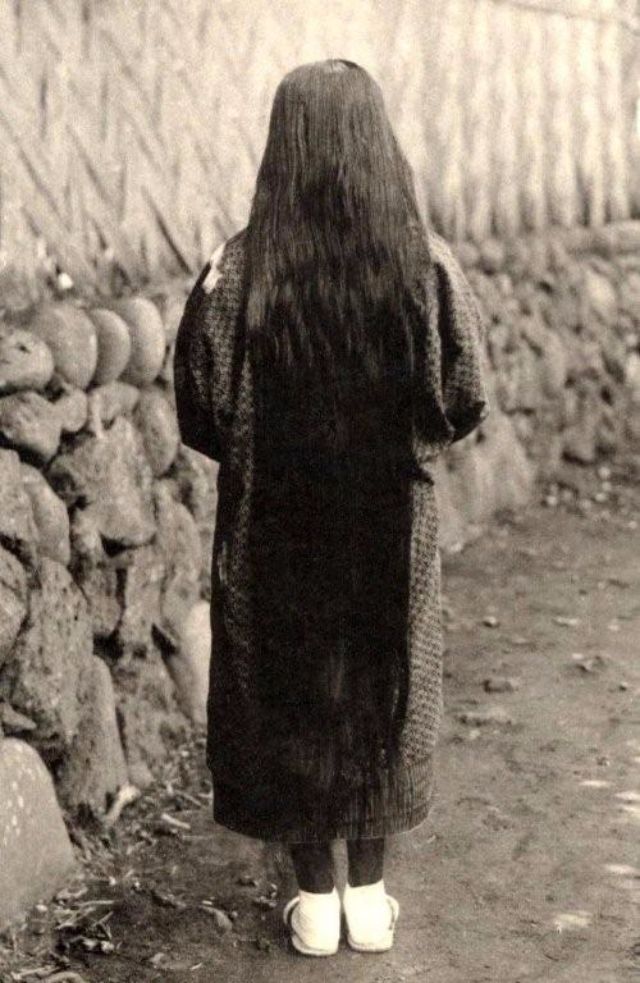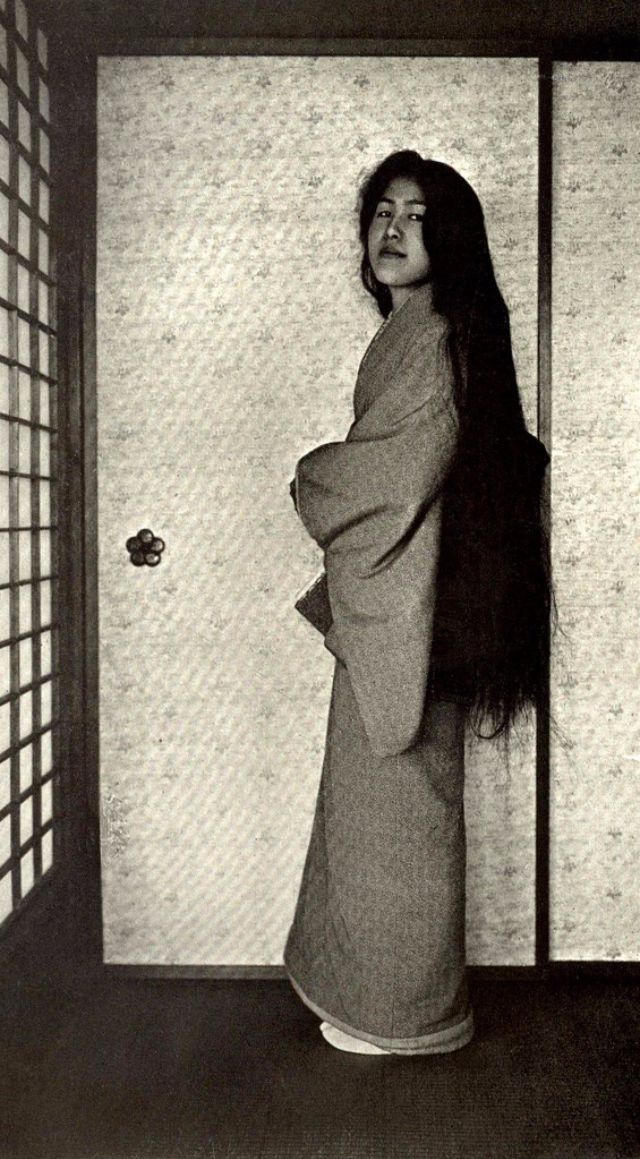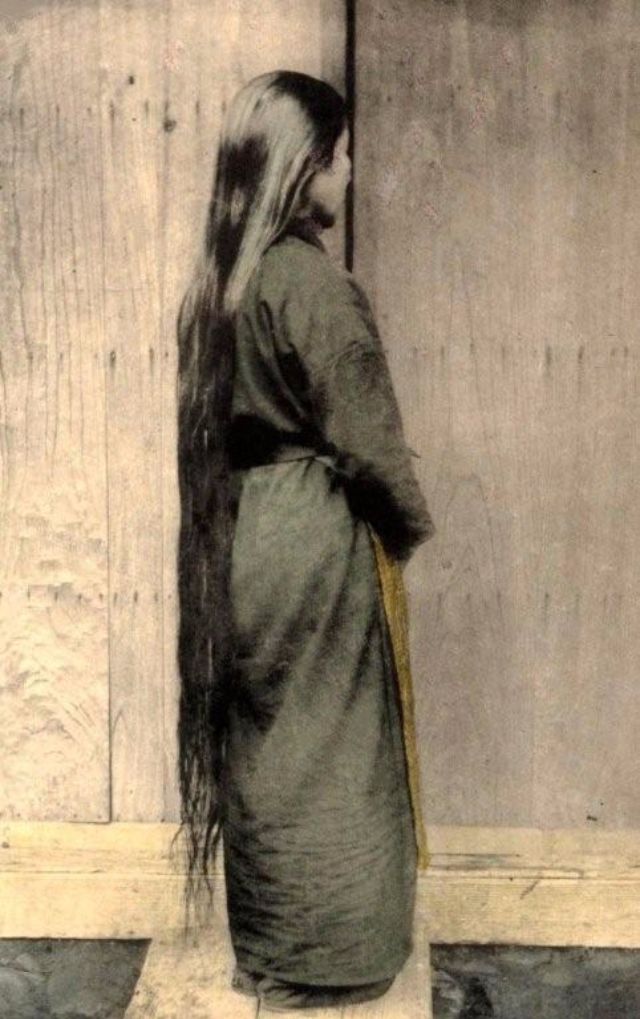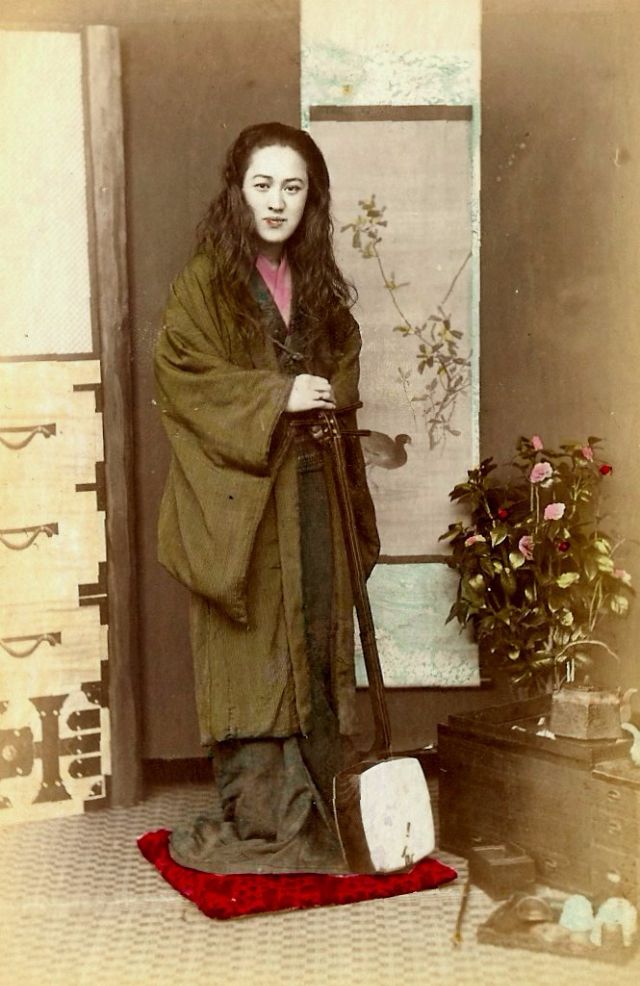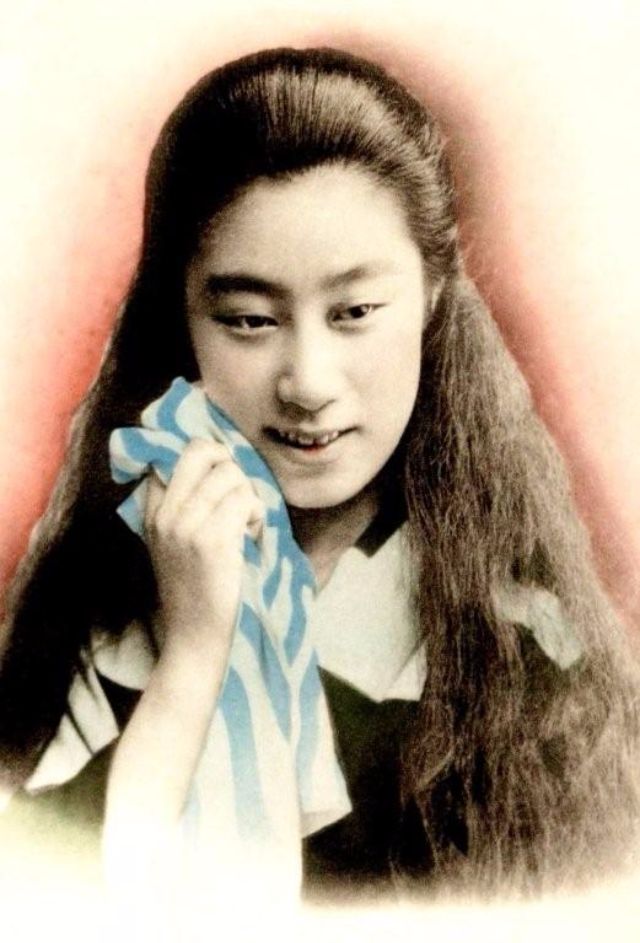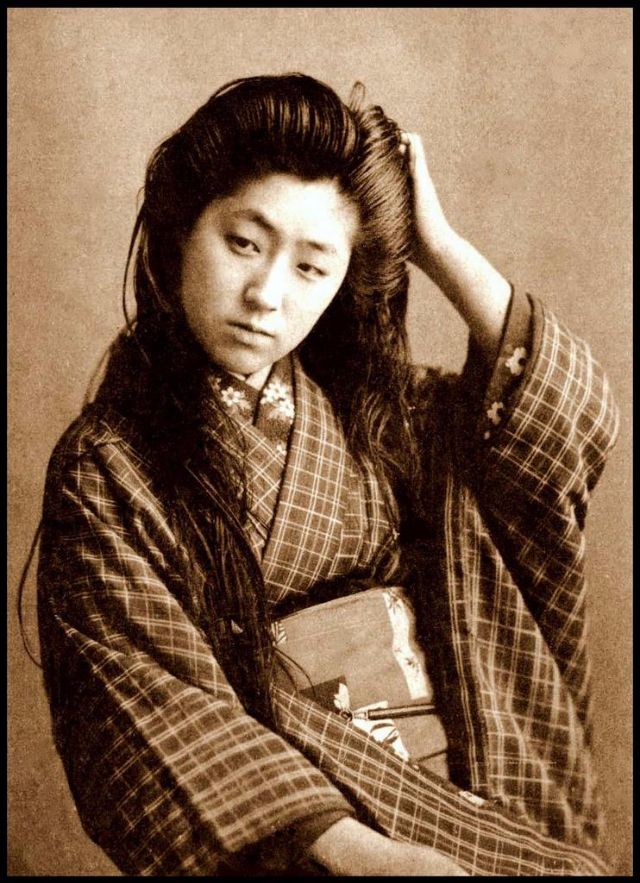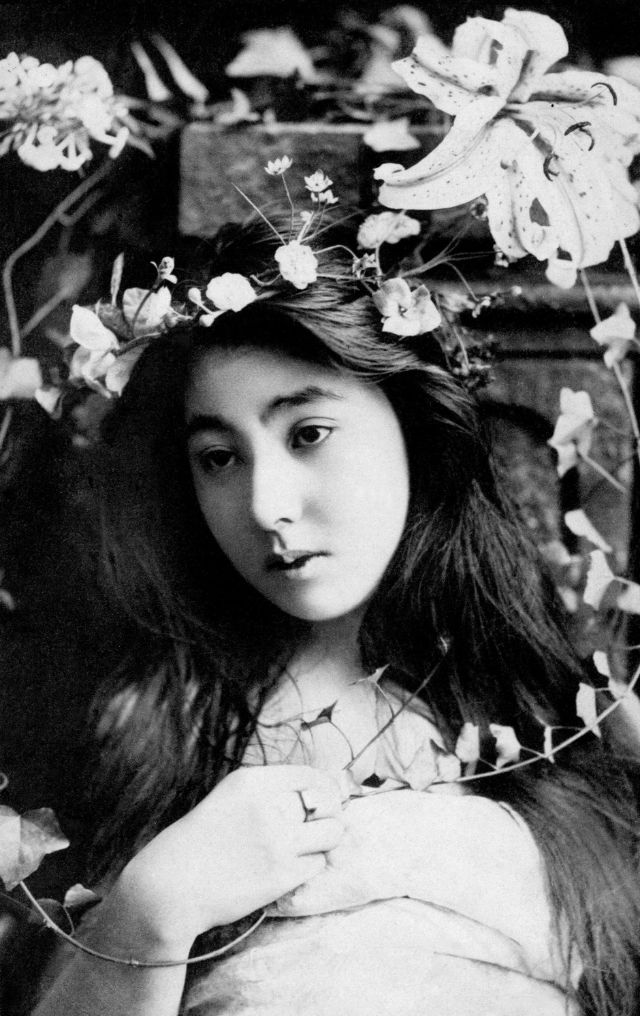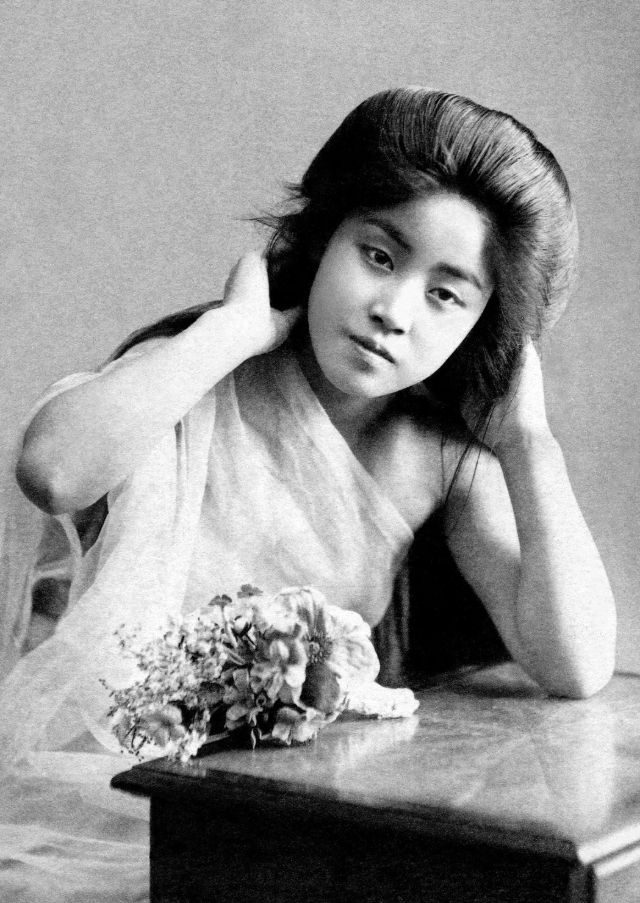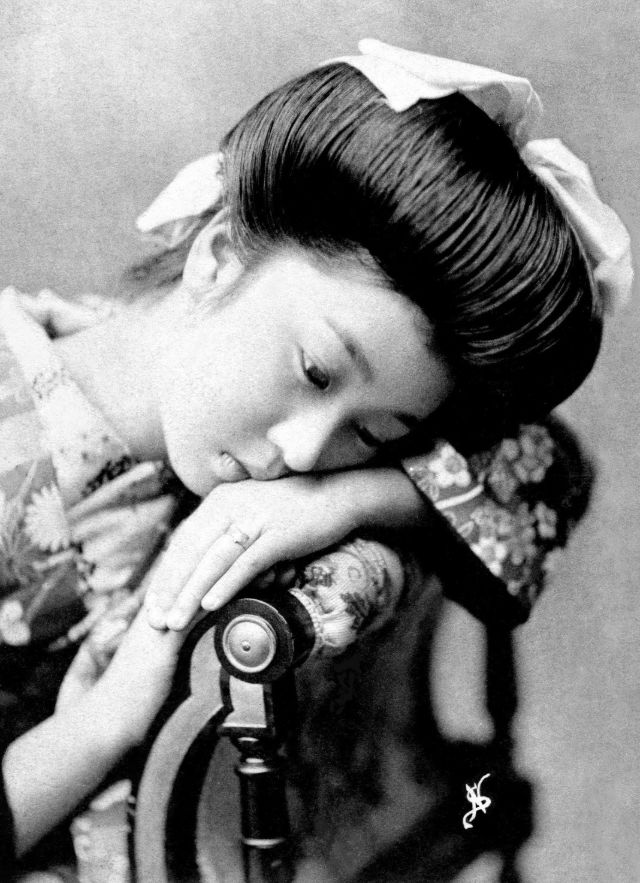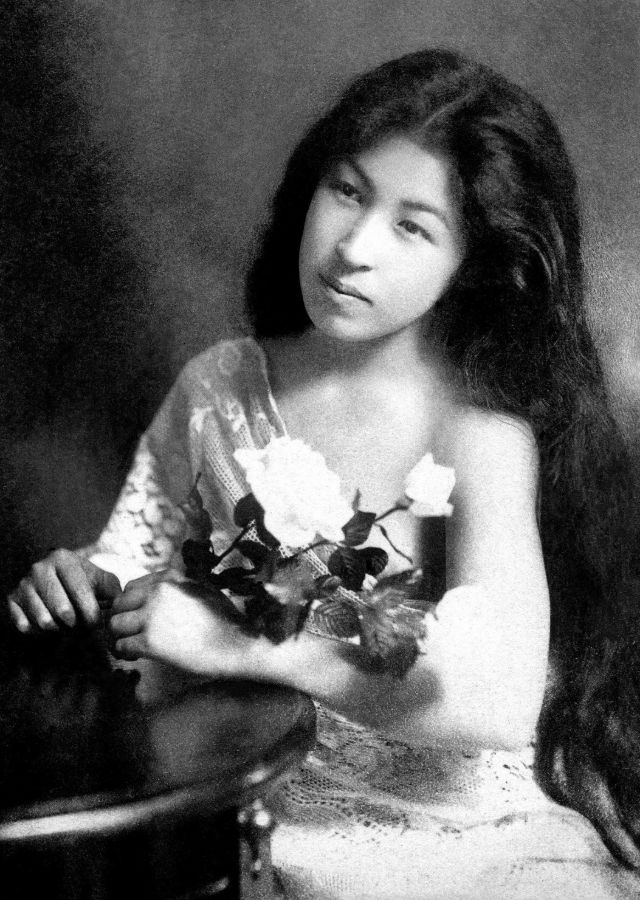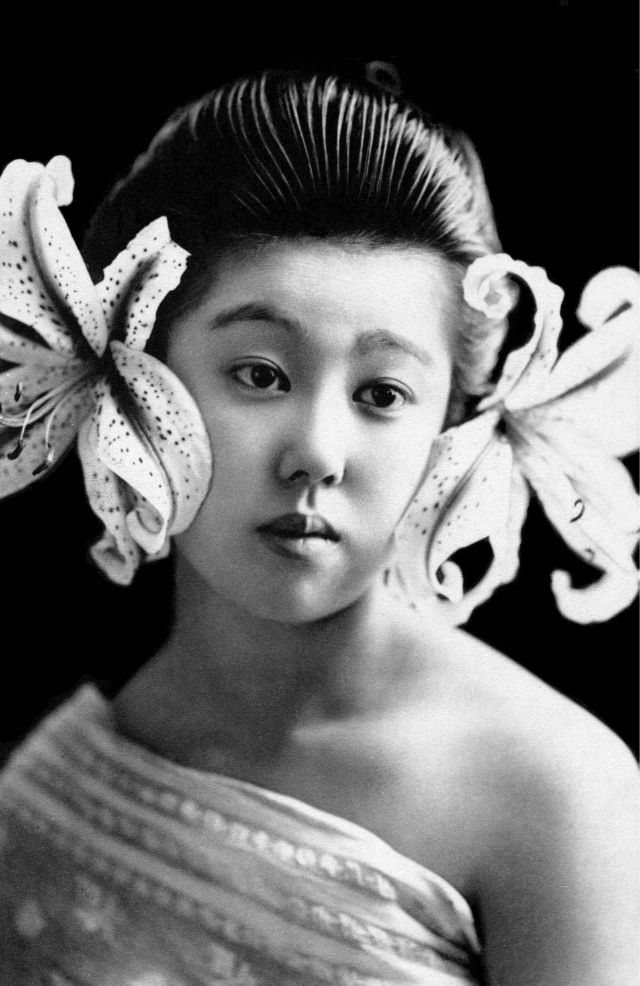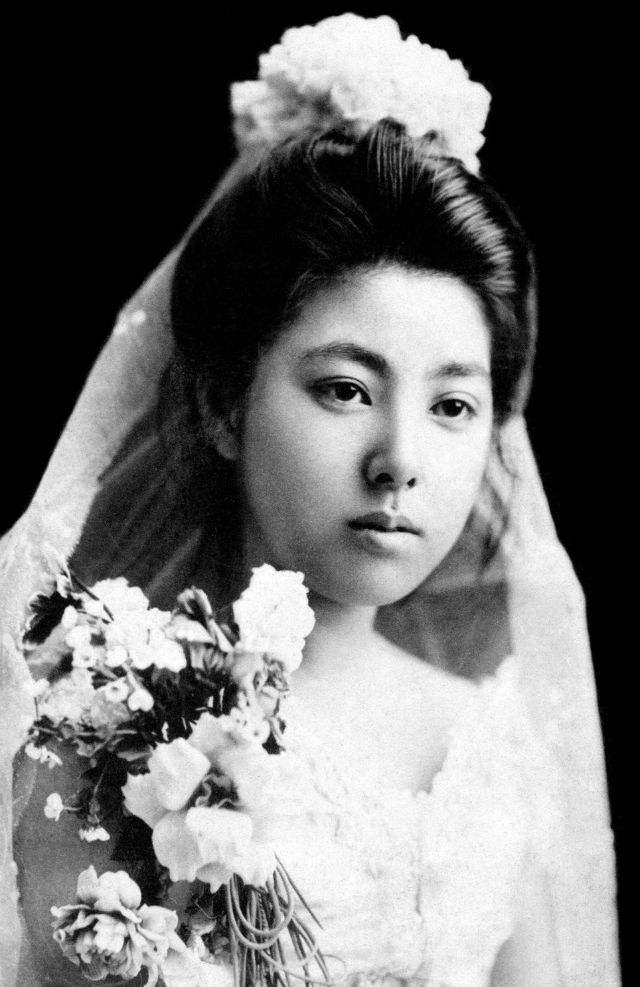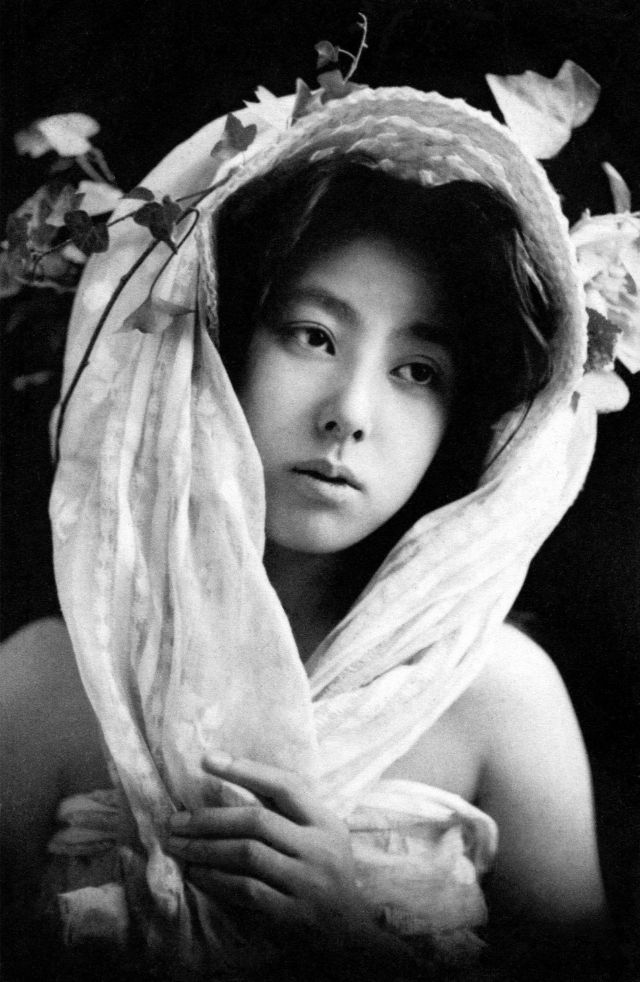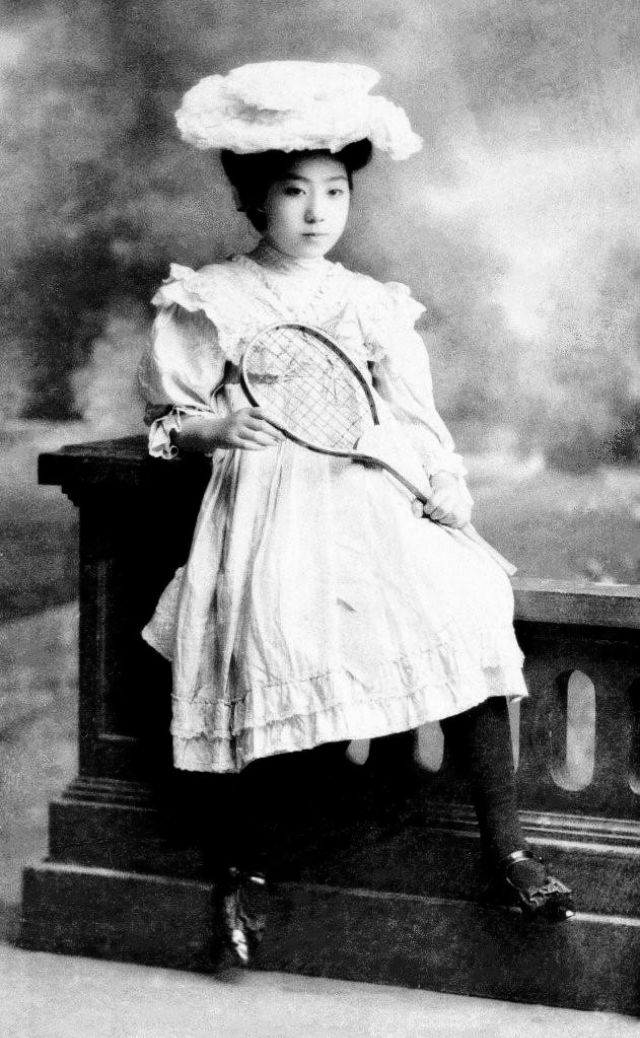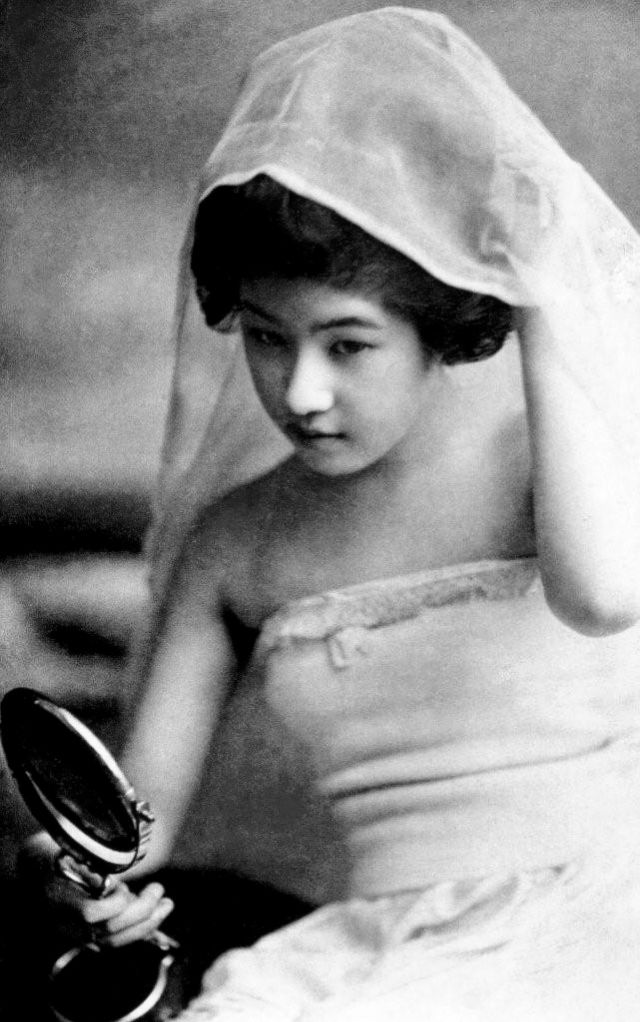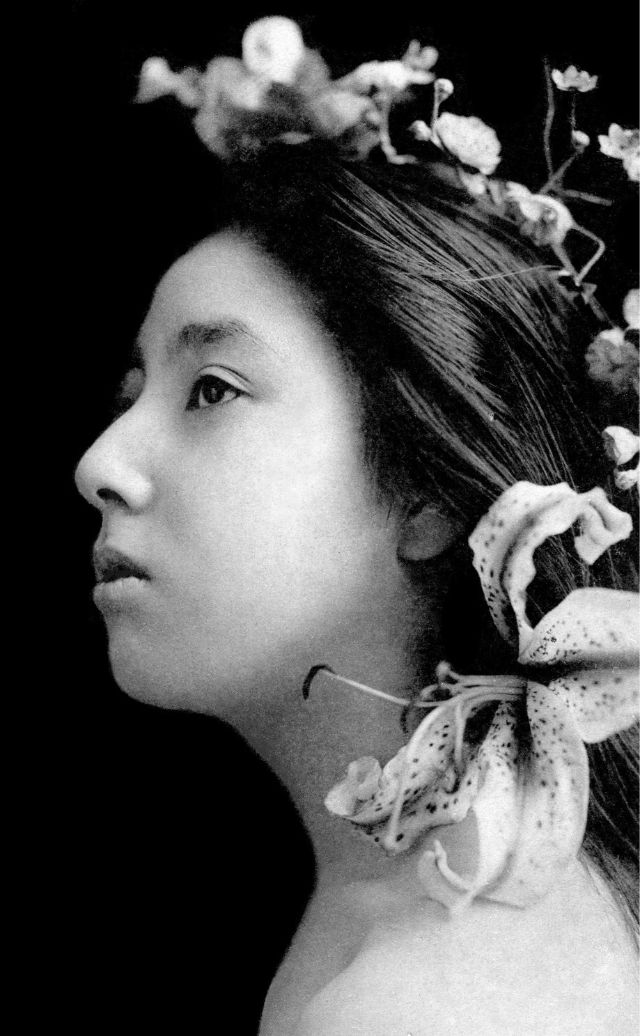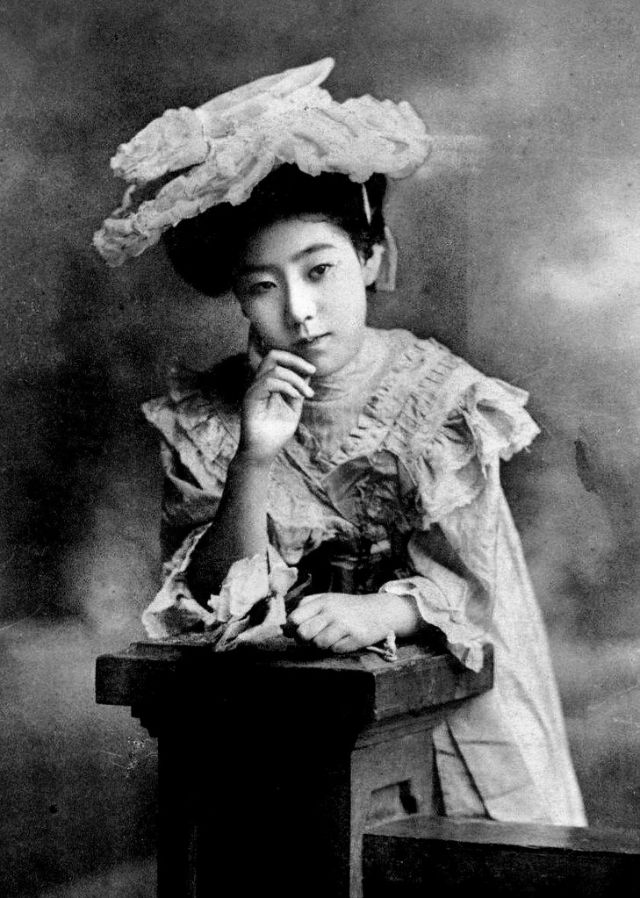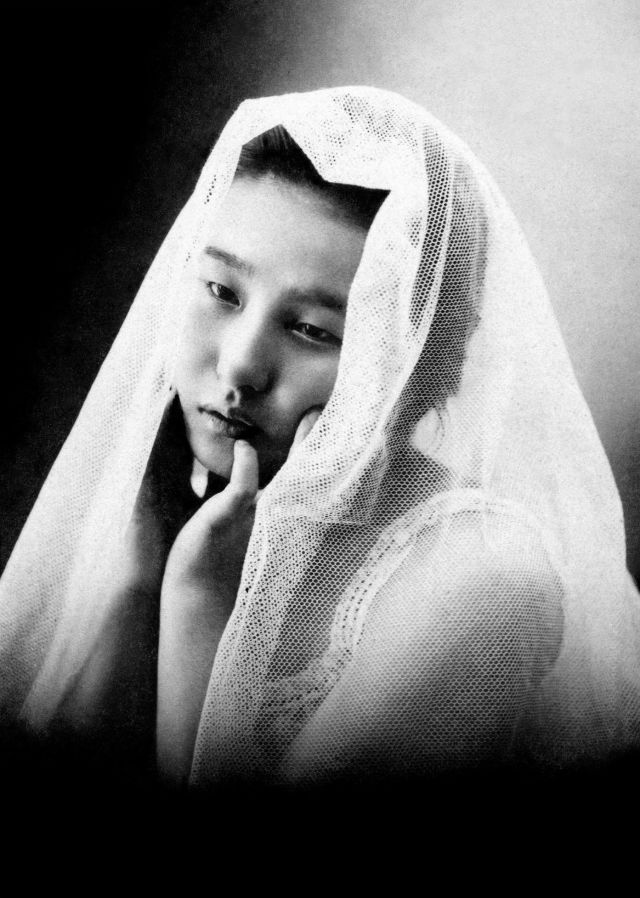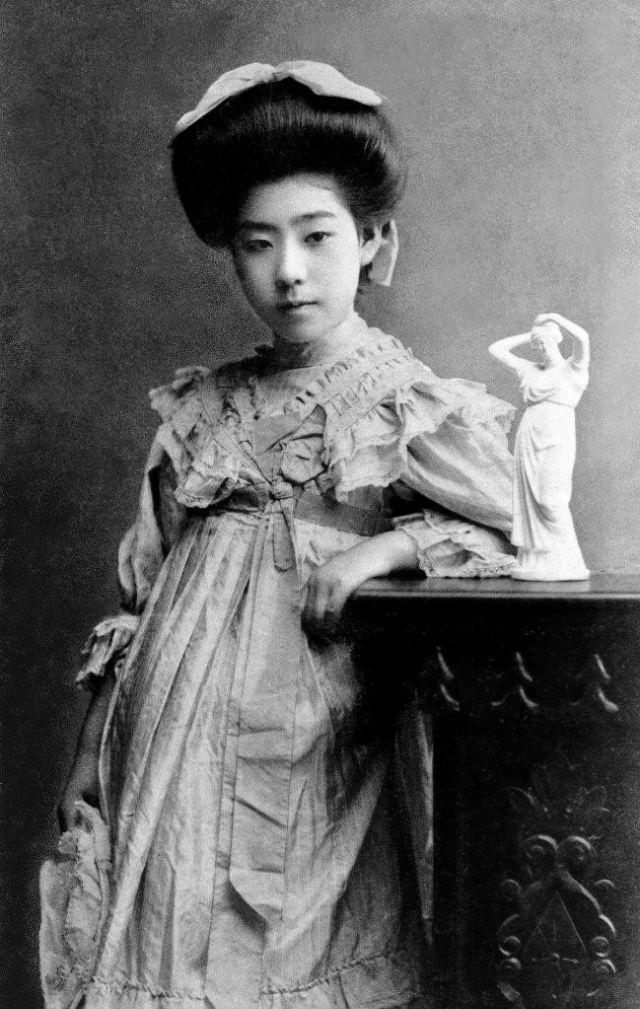The world of geisha and maiko women has always been shrouded in mystery and fascination. These women, who have dedicated their lives to mastering the art of traditional Japanese entertainment, have been the subject of countless books, films, and artworks. However, very few have had the opportunity to see them as they were in the 19th century when the geisha culture was at its height. In this photo collection, we have gathered a series of stunning photographs that offer a glimpse into the lives of these remarkable women during this period. From their intricately designed kimonos to their elaborate hairstyles and makeup, these photographs showcase the exquisite beauty and artistry of the geisha and maiko women of the 19th century.
Geisha are a class of female Japanese performing artists and entertainers trained in traditional Japanese performing arts styles, such as dance, music and singing, as well as being proficient conversationalists and hosts. Their distinct appearance is characterized by long, trailing kimono, traditional hairstyles and oshiroi make-up. Geisha entertain at parties known as ozashiki, often for the entertainment of wealthy clientele, as well as performing on stage and at festivals. Modern geisha are not prostitutes. This misconception originated from conflating Japanese courtesans (oiran), oiran reenactors, the extant tayū, and prostitutes, who historically also wore kimono. The first female geisha appeared in 1751, with geisha before that time being male performers who entertained guests within the pleasure quarters; only later did the profession become mainly characterized by female workers. The origins of the geisha culture can be traced back to the 18th century in Japan, during the Edo period. At that time, female performers known as “tayu” entertained wealthy patrons with music and dance. As the demand for their services grew, the tayu began to develop their skills in conversation, poetry, and other arts, eventually evolving into the geisha we know today. The first geisha were actually men, known as “taikomochi,” who entertained guests with their humor and wit. However, as the geisha culture became more popular, women began to take over as the primary performers. Geisha training was rigorous and highly selective, with girls as young as 5 or 6 years old being apprenticed to established geisha.
During the 19th century, the geisha culture reached its height of popularity, with geisha entertaining patrons in tea houses and other venues across Japan. By the 1830s, geisha were considered to be the premiere fashion and style icons in Japanese society, and were emulated by women of the time. Many fashion trends started by geisha soon became widely popular, with some continuing to this day; the wearing of haori by women, for example, was first started by geisha from the Tokyo hanamachi of Fukagawa in the early 1800s. World War II brought lasting change to the geisha profession; before the war, geisha numbers, despite seeing competition from jokyū (café girls, the precursor to the bar hostess profession in Japan), had been as high as 80,000, however, following the closure of all geisha districts in 1944, mostly all geisha had been conscripted into the war effort proper, with many finding work in factories or elsewhere through customers and patrons. Though geisha returned to the karyūkai relatively quickly after the war, many had decided to stay on in their wartime jobs, considering it to be a more stable form of employment. Both during and after the war, the geisha name lost some status, as some prostitutes began referring to themselves as “geisha girls” to members of the American military occupying Japan. Maiko are apprentice geisha in Japan, who are undergoing training to become full-fledged geisha. The term “maiko” means “dancing child,” reflecting their primary role as dancers and performers of traditional Japanese arts. Maiko typically begin their training between the ages of 15 and 20, and their apprenticeship lasts for several years. During this time, they are taught a range of skills and techniques, including dance, music, conversation, and traditional Japanese arts such as calligraphy and flower arrangement. Maiko undergo a strict and intensive training program, which includes learning how to dress in the elaborate kimono and obi worn by geisha, as well as mastering the art of applying makeup and styling their hair in the distinctive wareshinobu style, which involves a central bun and long hairpins. In addition to their training, maiko are also expected to participate in various traditional events and ceremonies, such as the tea ceremony and flower-viewing parties, where they perform for guests and practice their skills. They also accompany geisha to entertain clients at parties and events. Maiko are easily distinguishable from full-fledged geisha by their more elaborate and colorful attire, as well as their slightly more relaxed demeanor. While geisha are expected to maintain a professional and formal demeanor at all times, maiko are allowed to be more playful and less restrained in their behavior.
(Photo credit: Wikimedia Commons / flickr.com/photos/okinawa-soba / Japanese Archives). Notify me of new posts by email.
Δ Subscribe
